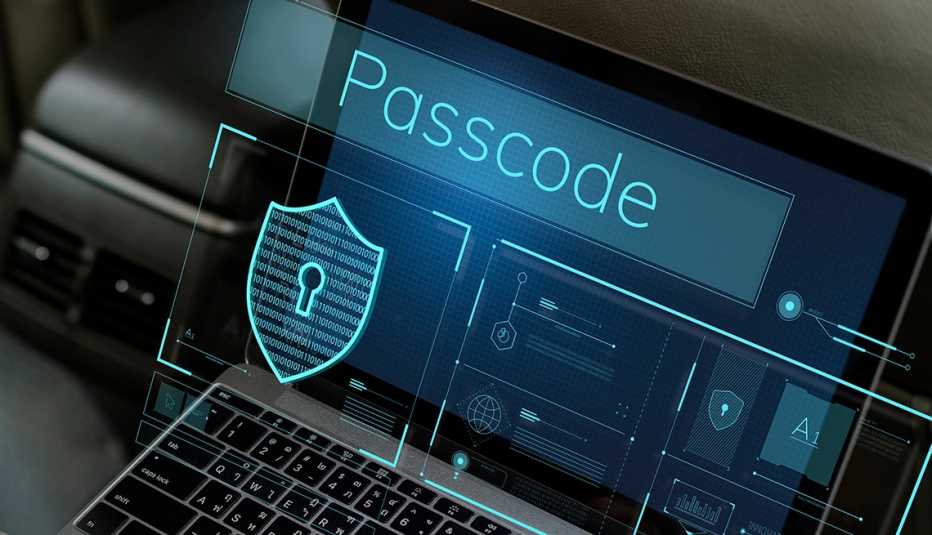Staying Fit
In a small apartment building in Manhattan, at the heart of the COVID-19 pandemic, a middle-aged couple became infected with the coronavirus.
But even though one of them was briefly hospitalized, they didn't warn their neighbors, including residents 65 and older, who are particularly at risk of complications from the virus. Worse, while contagious, the couple had contact with others in their building.


AARP Membership— $12 for your first year when you sign up for Automatic Renewal
Get instant access to members-only products and hundreds of discounts, a free second membership, and a subscription to AARP the Magazine.
This kind of behavior causes so-called community spread, uncontrolled pandemics and what medical experts say are preventable deaths. If people could be alerted to possible exposure to the coronavirus through the use of contact tracing, then they could self-isolate to prevent further spread of the disease, get tested immediately and seek treatment as soon as possible if they are infected.
Contact tracing works
In theory, contact tracing in any form can stop a pandemic in its tracks, which is why from Canada to New York, governments have made the concept a prerequisite to resuming normal activities. In the past, contact tracing performed by human workers has been used to curb epidemics of communicable diseases such as measles, tuberculosis and sexually transmitted diseases.
But having humans conduct interviews and make calls to find those exposed is a herculean task and potentially rife with errors. Who can remember or even know every stranger — a grocery cashier, restaurant worker, bank teller — they may have come in contact with in the previous two weeks?
So, as a supplement to human detective work, technology companies and governments around the world are testing smartphone apps that can automatically alert residents if they get near anyone infected with the coronavirus.
The idea has garnered the attention of the two biggest smartphone software companies in the world, Apple and Google. They are working together and have already released a preliminary program that would enable health departments to conduct contact tracing in this way.
Technology can be speedy
The possible advantages to such a system are many. In the case of the New York couple, neighbors would not have to depend upon communication with the couple or whether they notified health authorities.





































































